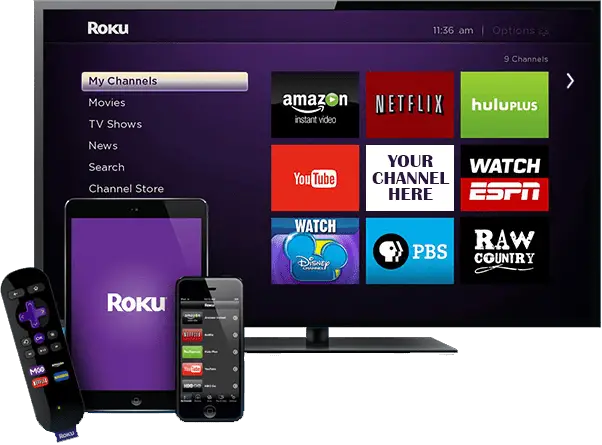
Streaming giant Roku has publicly acknowledged a second data breach incident impacting approximately 576,000 user accounts. This follows an initial breach in March 2024, compromising approximately 15,000 accounts.

Credential Stuffing Remains the Prime Suspect
Roku’s in-depth investigations suggest credential stuffing as the primary attack method employed in both incidents. Credential stuffing attacks capitalize on stolen user credentials from other platforms in attempts to breach user accounts across different services – a tactic successful when users reuse identical login details.
Fraudulent Activity: Purchases and Account Takeover
Roku confirms that less than 400 compromised accounts were used by threat actors to make unauthorized purchases of streaming subscriptions and Roku hardware. The company stresses that attackers could not access sensitive financial information, such as full credit card numbers.
Roku’s Enhanced Security Response
- Forced Password Resets: Passwords for all impacted accounts have been proactively reset by Roku.
- Direct Notifications: Roku is contacting affected users directly to provide incident details.
- Mandatory 2FA Adoption: Two-factor authentication (2FA) is now a mandatory security requirement for all Roku accounts.
- Fraudulent Charge Reversals: Roku is reversing or refunding unauthorized purchases made via compromised accounts.
User Best Practices: Key Recommendations
- Unique, Robust Passwords: Employ strong, unique passwords for each online service to minimize security risks.
- Phishing Awareness: Remain highly vigilant against suspicious communications masquerading as official Roku messages. Contact Roku’s support team directly to verify communications when in doubt.
- Account Monitoring: Regularly review your Roku account activity to promptly detect potential unauthorized access.
Breaches Underscore Evolving Cyber Threats
The Roku incidents are a stark reminder of the escalating sophistication of cyber threats, particularly credential stuffing attacks. Users are strongly encouraged to adopt robust password management practices and enable two-factor authentication on all online accounts wherever possible to stay protected.